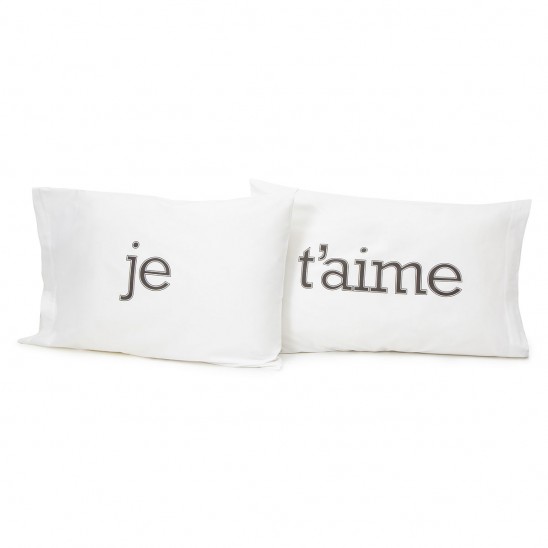 At the end of a long day, we’re all looking for a soft place to rest out heads. Weary sleepers thousands of years ago didn’t have the luxury of plush pillows, though, and were instead destined to drift off to sleep on cozy slabs of stone and wood. While ancient Egyptians slept on pedestals to increase air flow and keep bugs away, early Asian cultures believed that soft pillows would steal energy from your body while you slept. They were instead replaced by minerals like jade, believed to translate energy from the stone to the brain. Good news for your energy levels, bad news for that crick in your neck.
At the end of a long day, we’re all looking for a soft place to rest out heads. Weary sleepers thousands of years ago didn’t have the luxury of plush pillows, though, and were instead destined to drift off to sleep on cozy slabs of stone and wood. While ancient Egyptians slept on pedestals to increase air flow and keep bugs away, early Asian cultures believed that soft pillows would steal energy from your body while you slept. They were instead replaced by minerals like jade, believed to translate energy from the stone to the brain. Good news for your energy levels, bad news for that crick in your neck.
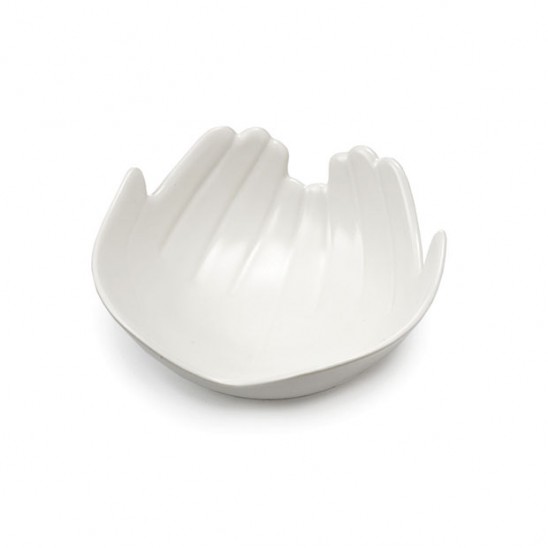 It’s an easy, elementary school question, right? We have five senses. Except that those five are an abridged and condensed version of all the senses the body actually has, probably because five senses is an easier concept to teach and remember. In fact, the body has many senses—there are easily fourteen or more, depending on how you count them. For example, while we talk about touch as a single sense, the body actually has separate receptors in the skin to feel pressure, heat, cold, pain and itchiness. There are senses that would be more awkward to talk about in class, such as the body’s ability to sense when its bladder or intestines are full. You can also sense hunger and thirst. And then there are the more mysterious senses. How do you give a simple name like “taste” to the sense that allows you to know where other parts of your body are, even with your eyes closed?
It’s an easy, elementary school question, right? We have five senses. Except that those five are an abridged and condensed version of all the senses the body actually has, probably because five senses is an easier concept to teach and remember. In fact, the body has many senses—there are easily fourteen or more, depending on how you count them. For example, while we talk about touch as a single sense, the body actually has separate receptors in the skin to feel pressure, heat, cold, pain and itchiness. There are senses that would be more awkward to talk about in class, such as the body’s ability to sense when its bladder or intestines are full. You can also sense hunger and thirst. And then there are the more mysterious senses. How do you give a simple name like “taste” to the sense that allows you to know where other parts of your body are, even with your eyes closed?
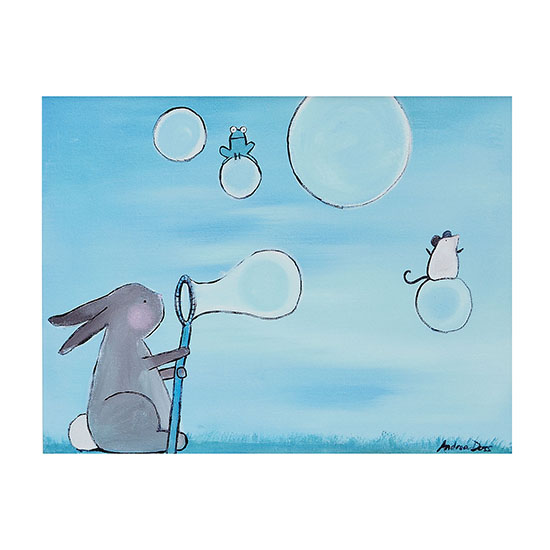 If the original inventors of bubble wrap had their way in 1957, you’d be popping your way to a peaceful sleep. Trying to create textured wallpaper by sealing two shower curtains together, Al Fielding and Marc Chavannes were intrigued by the air pockets caught between layers and thought it could be the future of wall décor. Needless to say, this didn’t catch on. The ambitious inventors tried to market it again as greenhouse insulation, which proved to be another dud. Third time was a charm, though, when the creator of the first IBM computer commissioned the addictive material for safety packing, making it the mailroom addiction we love today. We dare you not to pop every time you receive a package.
If the original inventors of bubble wrap had their way in 1957, you’d be popping your way to a peaceful sleep. Trying to create textured wallpaper by sealing two shower curtains together, Al Fielding and Marc Chavannes were intrigued by the air pockets caught between layers and thought it could be the future of wall décor. Needless to say, this didn’t catch on. The ambitious inventors tried to market it again as greenhouse insulation, which proved to be another dud. Third time was a charm, though, when the creator of the first IBM computer commissioned the addictive material for safety packing, making it the mailroom addiction we love today. We dare you not to pop every time you receive a package.
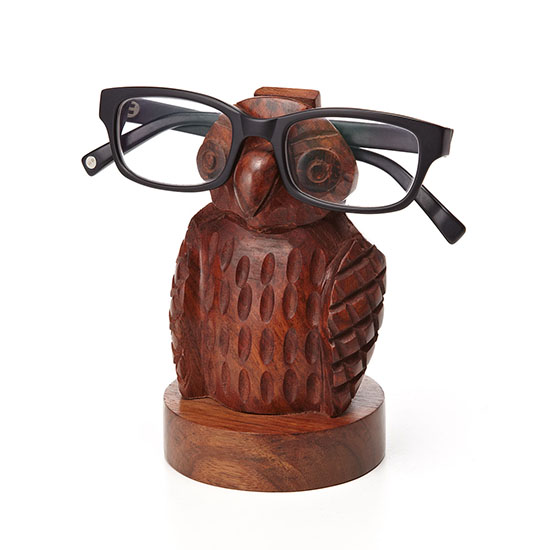 You might assume the answer is, “Well, duh.” But it can be literally and scientifically stated that men and women do, in fact, see things differently. Humans have some distinct sex differences in our senses. For example, women have a more developed sense of smell than men. In this case, researchers at City University of New York conducted a series of tests to find out whether gender affects vision as well. One test showed that men and women perceive the same wavelength of light as slightly different colors. Also, women have a heightened ability to distinguish between similar shades of color. On the other hand, male eyes are more adept at taking in details that move quickly or appear only for a moment. The scientists hypothesize that these differences develop as a result of testosterone levels in the embryo, but they can’t fully explain what advantage they might have imparted to their specific genders.
You might assume the answer is, “Well, duh.” But it can be literally and scientifically stated that men and women do, in fact, see things differently. Humans have some distinct sex differences in our senses. For example, women have a more developed sense of smell than men. In this case, researchers at City University of New York conducted a series of tests to find out whether gender affects vision as well. One test showed that men and women perceive the same wavelength of light as slightly different colors. Also, women have a heightened ability to distinguish between similar shades of color. On the other hand, male eyes are more adept at taking in details that move quickly or appear only for a moment. The scientists hypothesize that these differences develop as a result of testosterone levels in the embryo, but they can’t fully explain what advantage they might have imparted to their specific genders.
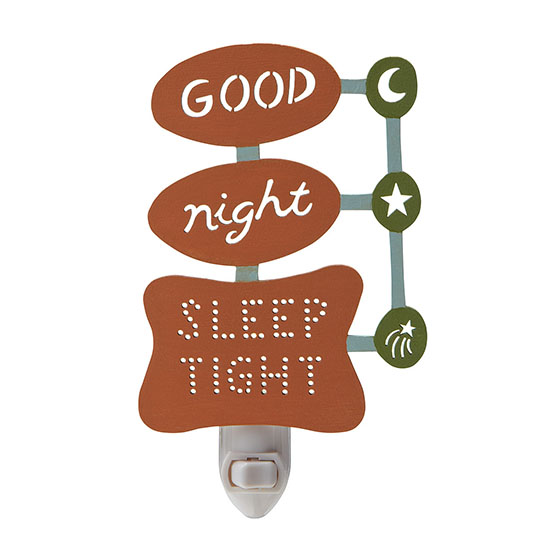 In the 1980s, two Italian researchers—Gabriele Schino (of the Institute of Psychology at Italy’s National Research Center) and Filippo Aureli (from the University of Rome)—were conducting research on yawning. They knew that some primate species exhibit a gender difference in yawn frequency, and they had a theory that this was triggered by a difference in the size of their canine teeth. To test this theory, they began to study the closest primate species available: humans. They had their team ride the trains in Rome, carefully observing and recording all yawns, even notating which were covered and uncovered. Their results? There is absolutely no difference between men and women in the frequency of yawning. But don’t you feel better knowing how thoroughly the question was researched? Thank you, science.
In the 1980s, two Italian researchers—Gabriele Schino (of the Institute of Psychology at Italy’s National Research Center) and Filippo Aureli (from the University of Rome)—were conducting research on yawning. They knew that some primate species exhibit a gender difference in yawn frequency, and they had a theory that this was triggered by a difference in the size of their canine teeth. To test this theory, they began to study the closest primate species available: humans. They had their team ride the trains in Rome, carefully observing and recording all yawns, even notating which were covered and uncovered. Their results? There is absolutely no difference between men and women in the frequency of yawning. But don’t you feel better knowing how thoroughly the question was researched? Thank you, science.
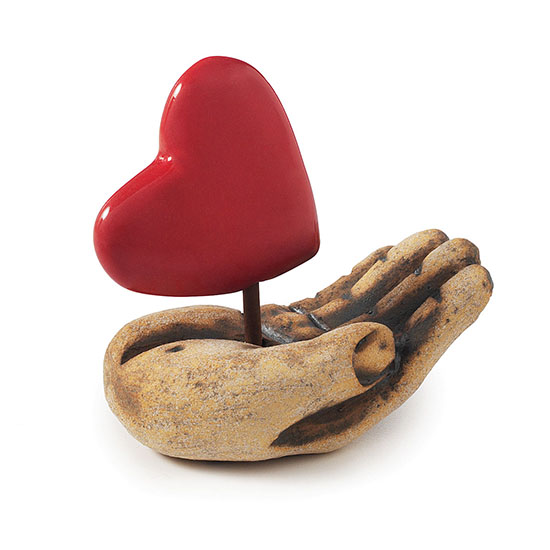 Your sweetie might hold the door for you, bring you flowers, and order oysters with dinner (and not the $1 oyster special kind, the kind off the actual menu!), but do they hold your hand all night to keep you from getting lost somewhere during your REM cycle? Didn’t think so. As if being adorably good swimmers wasn’t enough, otters sleep holding hands so one doesn’t get swept away from the rest of the group. Sweet dreams, furry friends!
Your sweetie might hold the door for you, bring you flowers, and order oysters with dinner (and not the $1 oyster special kind, the kind off the actual menu!), but do they hold your hand all night to keep you from getting lost somewhere during your REM cycle? Didn’t think so. As if being adorably good swimmers wasn’t enough, otters sleep holding hands so one doesn’t get swept away from the rest of the group. Sweet dreams, furry friends!
Uncommon Knowledge: Why was the first Valentine difficult to deliver?
February 8, 2014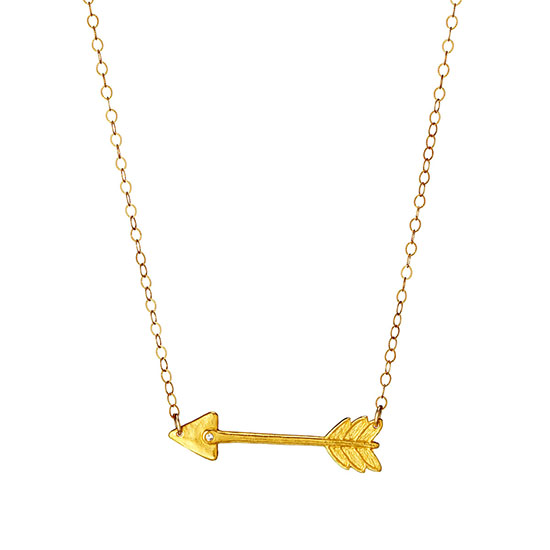 You might think you went through a lot elbowing fellow shoppers for the last box of chocolates and finagling a cozy table for two by the window, but sending the first known written Valentine had some challenges of its own. Charles, Duke of Orleans sent his wife a sweet two line poem calling her his “very gentle Valentine” while being held in the Tower of London. Taken as a prisoner of war after the Battle of Agincourt in 1415, he stayed there for twenty-four years, writing a multitude of poems during his captivity. We doubt the Tower of London offered express shipping, so Cupid definitely had his work cut out for him.
You might think you went through a lot elbowing fellow shoppers for the last box of chocolates and finagling a cozy table for two by the window, but sending the first known written Valentine had some challenges of its own. Charles, Duke of Orleans sent his wife a sweet two line poem calling her his “very gentle Valentine” while being held in the Tower of London. Taken as a prisoner of war after the Battle of Agincourt in 1415, he stayed there for twenty-four years, writing a multitude of poems during his captivity. We doubt the Tower of London offered express shipping, so Cupid definitely had his work cut out for him.
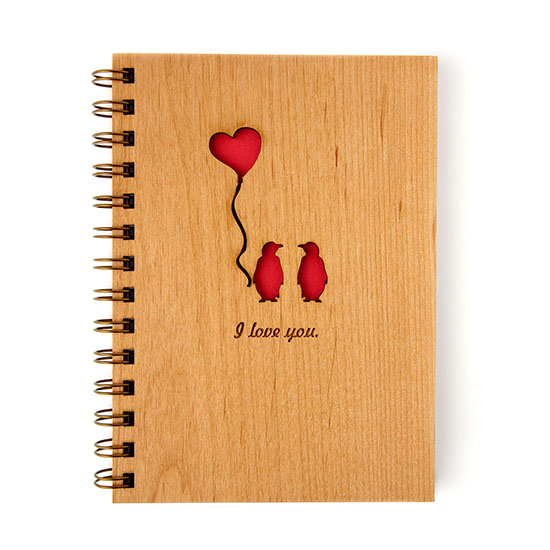 Flash mobs, choreographed dances, and jumbo-trons confessing undying love might be popular modes of proposing today, but in colder corners of the world, simple is still best. Clad in his finest tux like any proper dream dude, the male penguin scans the beach for the perfect pebble. Then, mustering all his courage and placing his heart on his flipper, he waddles over to his intended and presents her with the gift. If she accepts, they’re mates for life. So who says love on the rocks is always a bad thing?
Flash mobs, choreographed dances, and jumbo-trons confessing undying love might be popular modes of proposing today, but in colder corners of the world, simple is still best. Clad in his finest tux like any proper dream dude, the male penguin scans the beach for the perfect pebble. Then, mustering all his courage and placing his heart on his flipper, he waddles over to his intended and presents her with the gift. If she accepts, they’re mates for life. So who says love on the rocks is always a bad thing?
